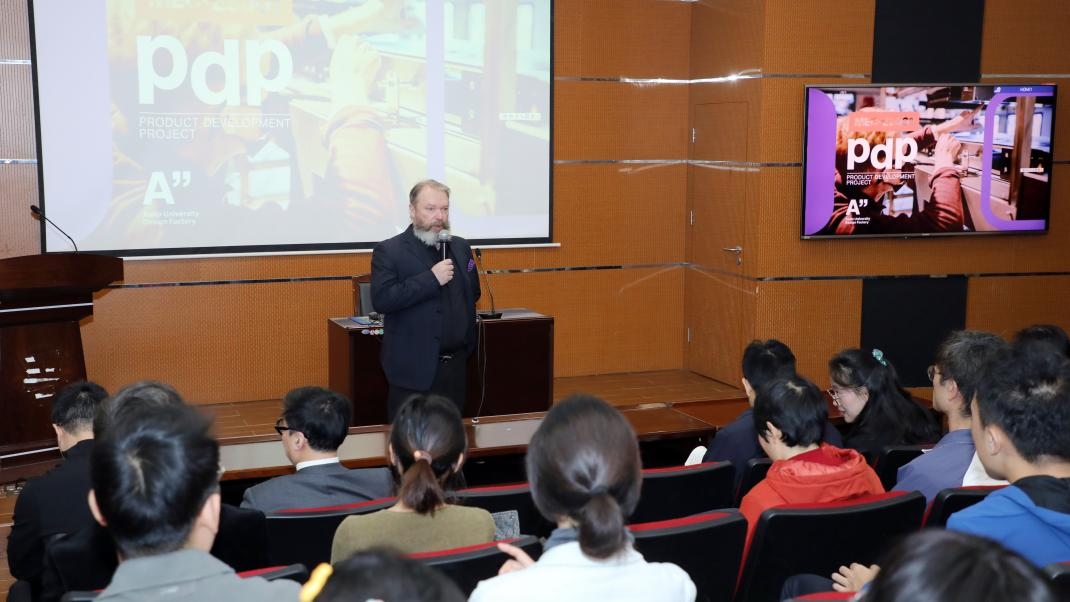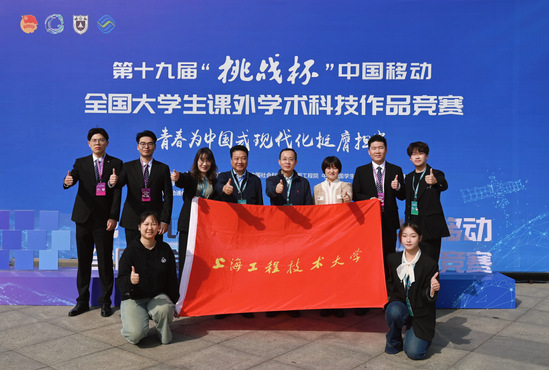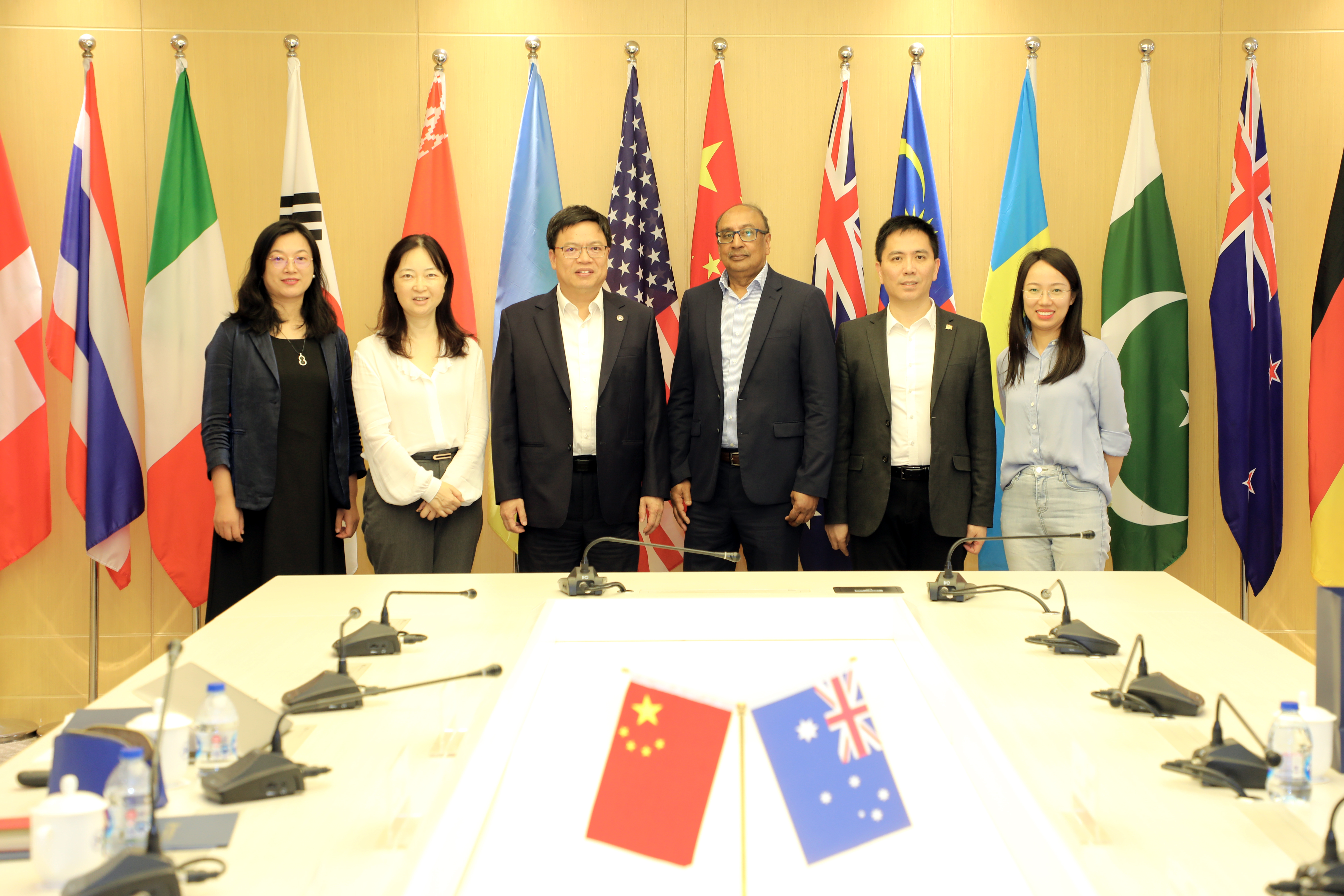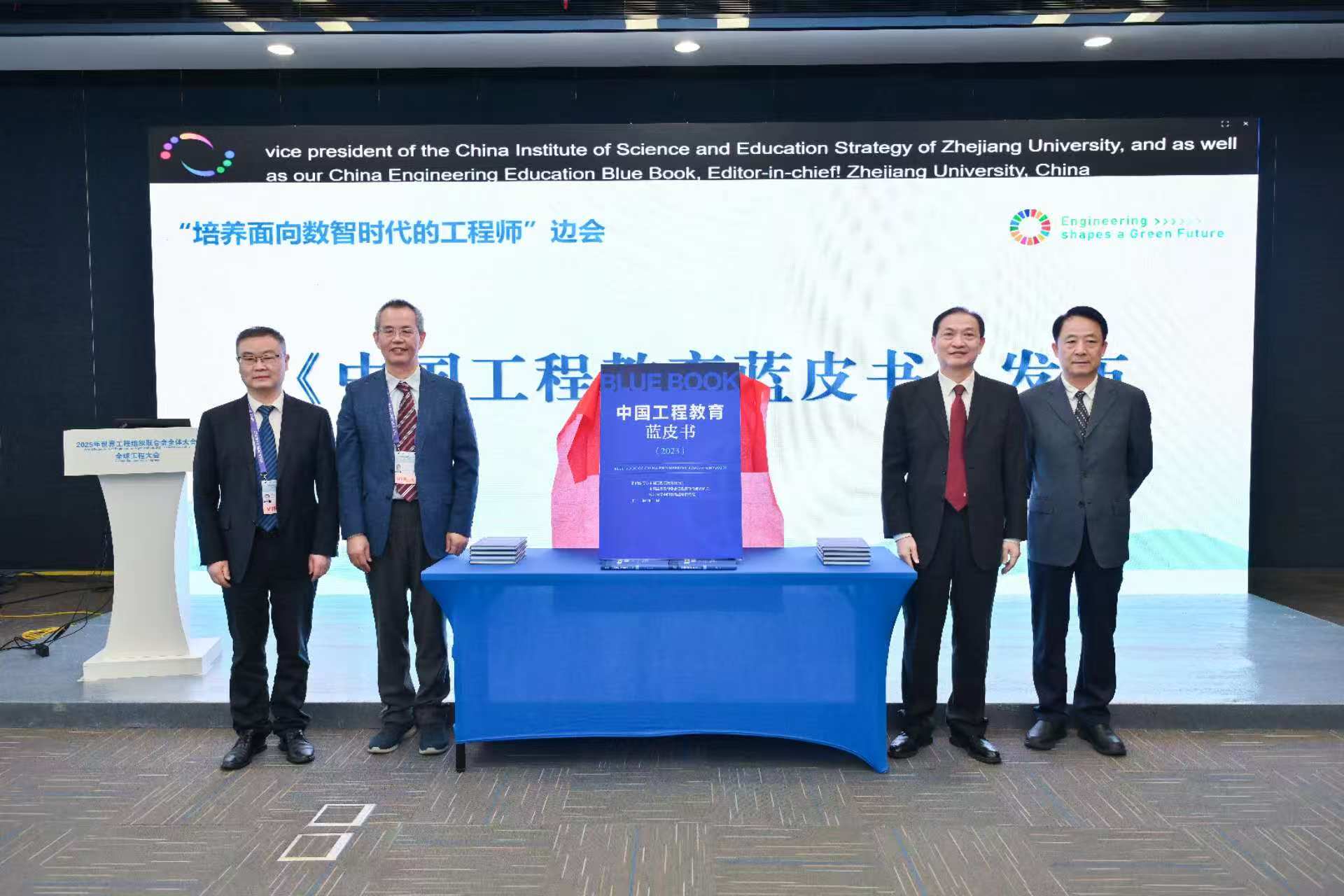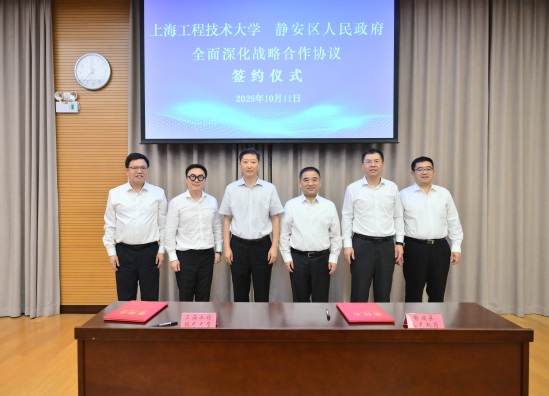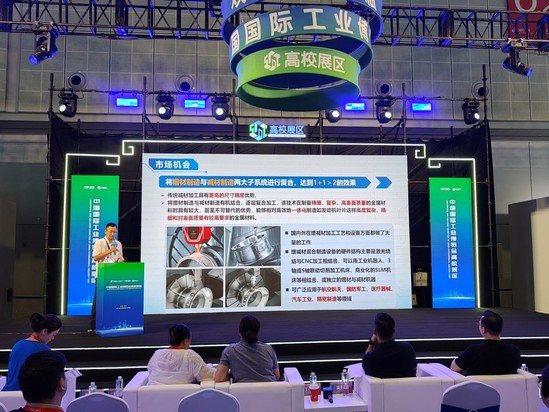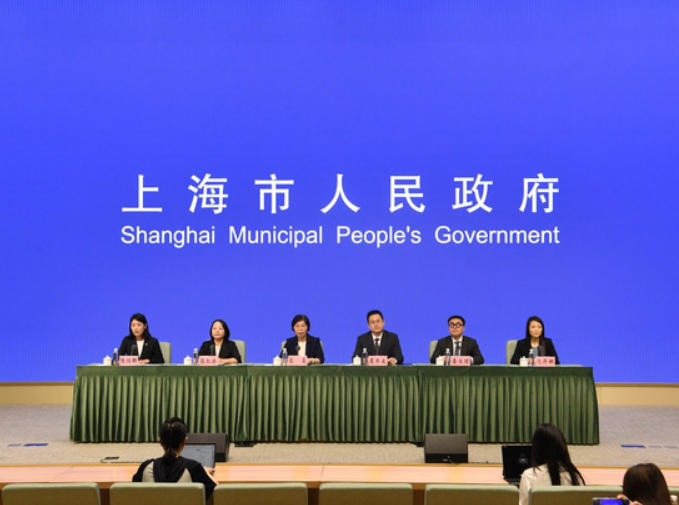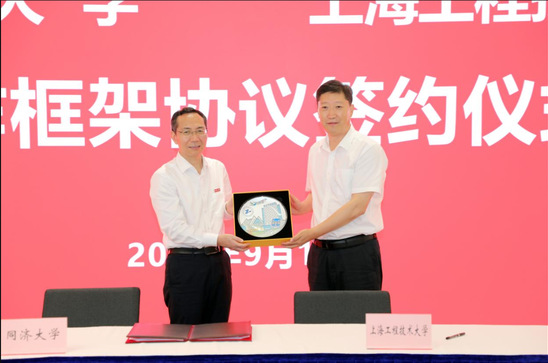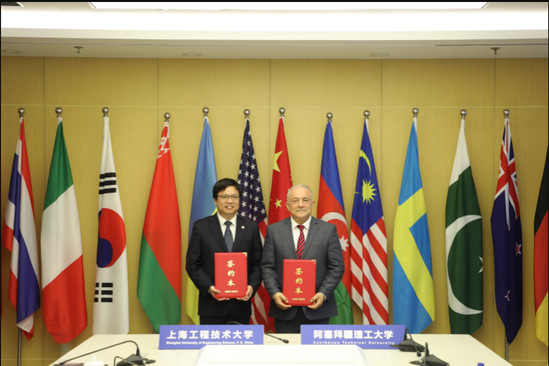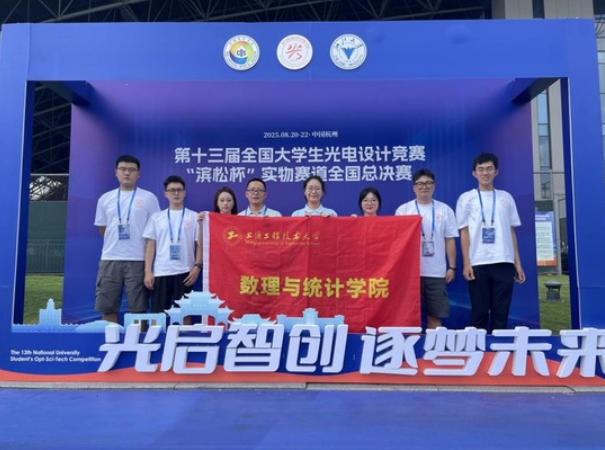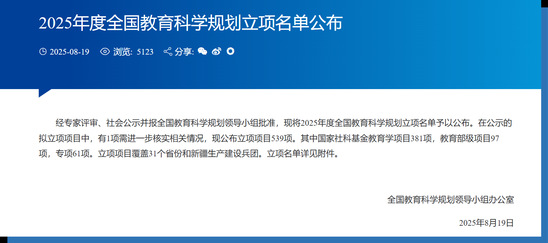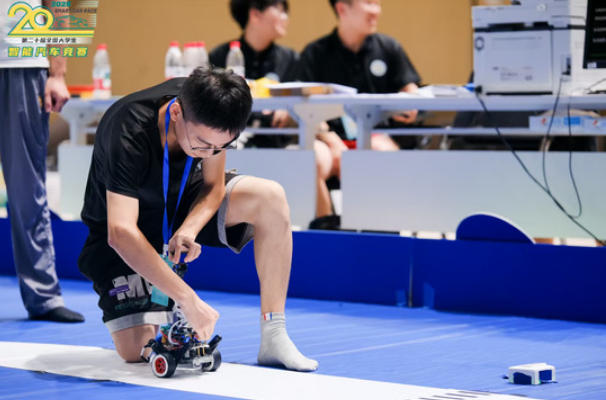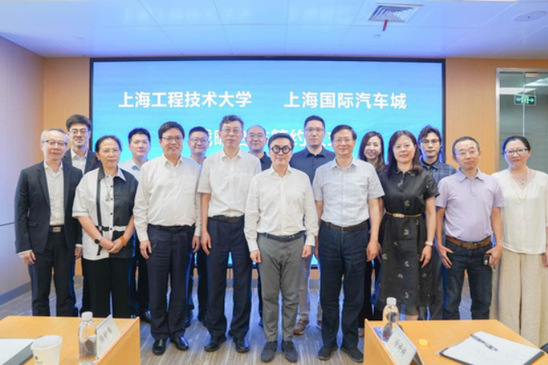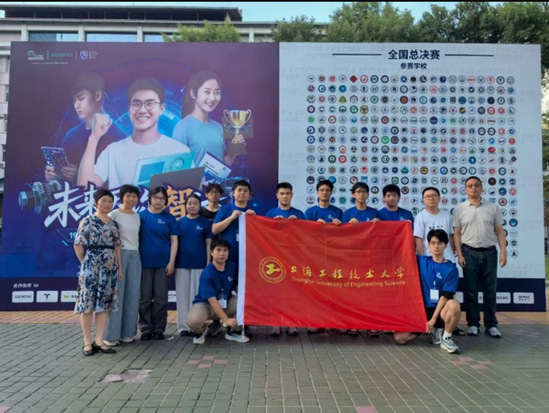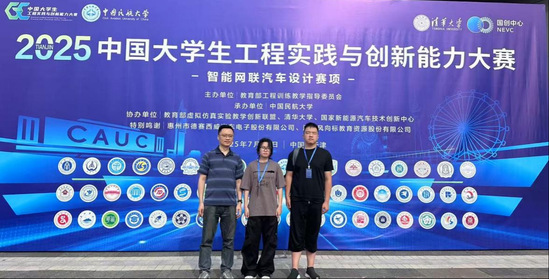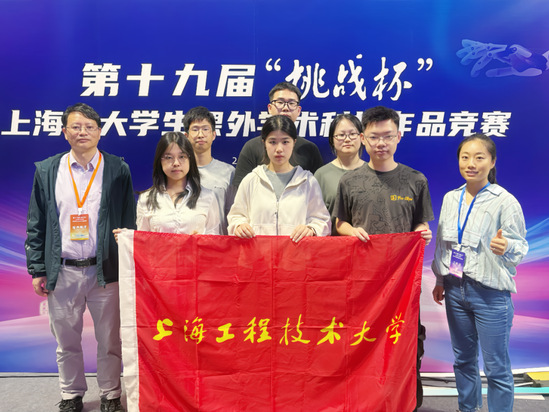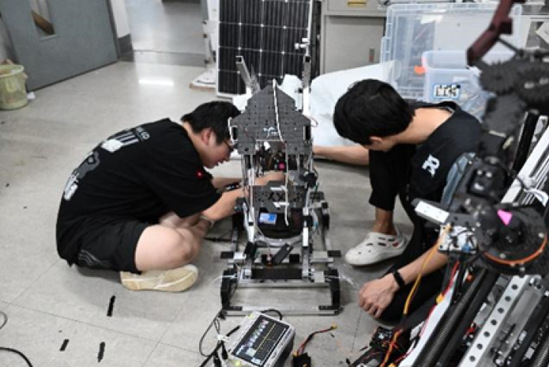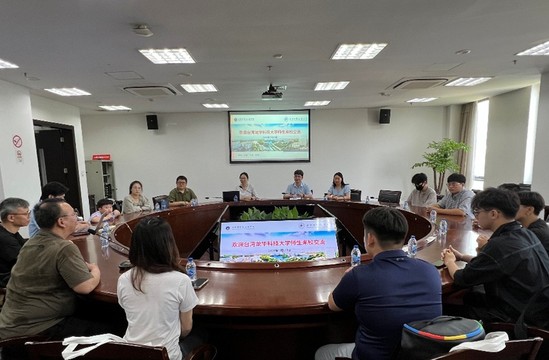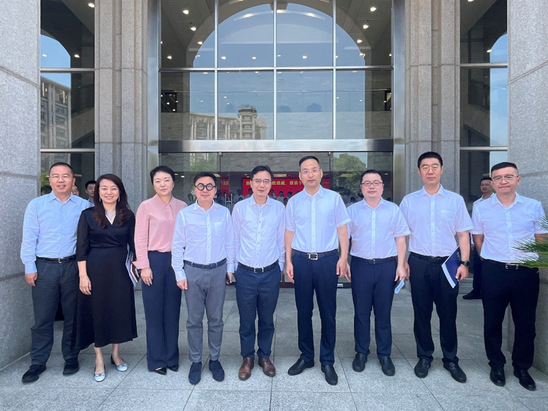
From September 4 to 10, the global design event Paris Design Week once again captured the world’s attention. On this top-tier international design stage, SUES participated as one of the organizers for the first time, curating the China Creative Pavilion (CCP) under the theme “Wéi (Oui),” facilitating a design dialogue blending Eastern wisdom and French aesthetics. Four original works by faculty members from School of Art and Design were exhibited in Paris, showcasing the cutting-edge innovation and profound cultural heritage of Chinese design.
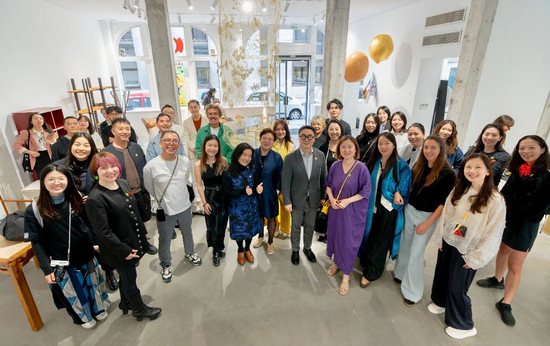
Paris Design Week is renowned as an “open window” to international design, and the China Creative Pavilion, as the first permanent Chinese exhibition within its main venue, has become a significant platform promoting Chinese design globally since its establishment in 2023 by Tongji University in collaboration with Paris Design Week. In 2025, the exhibition entered a phase of institutional deepening, focusing on the philosophically rich Chinese character “为” (Wéi), which embodies the proactive spirit of “making a difference” in Chinese culture while resonating with the openness and affirmation conveyed by the French word “Oui.”
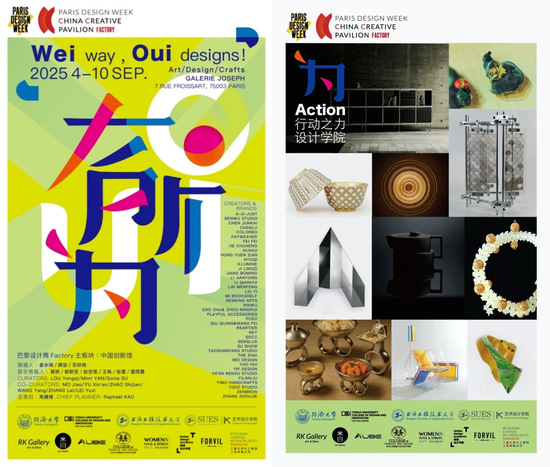
This exhibition brought together 15 Chinese enterprises, 20 designers and artists, featuring works spanning furniture, jewelry, ceramic teaware, sustainable design, olfactory innovation, and material craftsmanship, comprehensively demonstrating the diversity and creativity of Chinese design. Four outstanding works from School of Art and Design highlighted innovative design concepts in sustainability and tech-fashion through jewelry, material craftsmanship, and ceramic teaware. The work Ouroboros Source explores philosophical reflections on circularity, temporality, and self-renewal in modern society through a symbol transcending cultures and eras. Money Begonia draws stylistic elements from cultural archetypes such as bronze vessel forms, Song porcelain aesthetics, and auspicious patterns, integrating traditional Chinese cultural genes with modern design language to symbolize “prosperity and fortune.” Hidden Seats in Streams and Mountains embraces Wabi-sabi aesthetics, combining geometric shapes with natural elements (water, light, shadow, and earth) to blend traditional Zisha pottery with contemporary design. Sound and Form reconstructs natural shapes intertwined with sound and light, creating a rhythmic interplay of form, light, and acoustics.
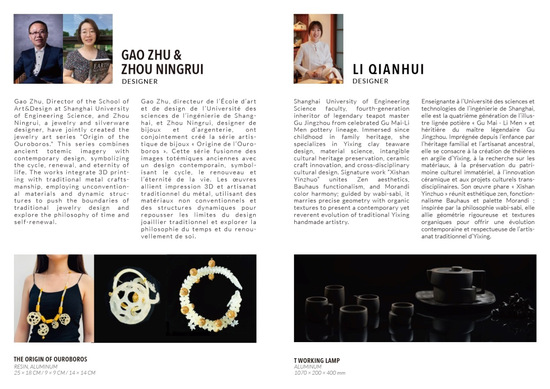
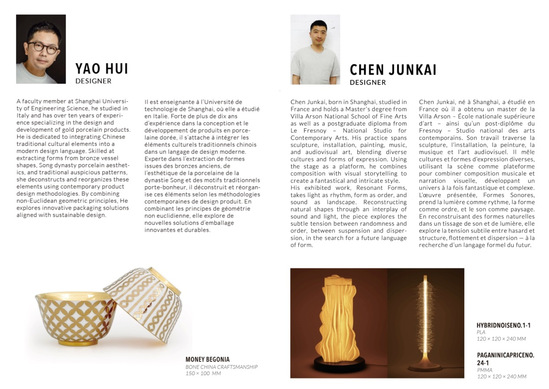
Beyond exhibiting physical works, the event aimed to build a bridge for Sino-French exchange in design education and innovative practices. With the collaboration of Tongji University’s College of Design and Innovation, SUES, and other “Peak Five Universities,” alongside the Jinjiang industrial chain, the exhibition advanced interdisciplinary and cross-cultural teaching practices under the concept of “Wéi”, exploring design’s active role in addressing social changes and global challenges, from urban renewal to future living scenarios.
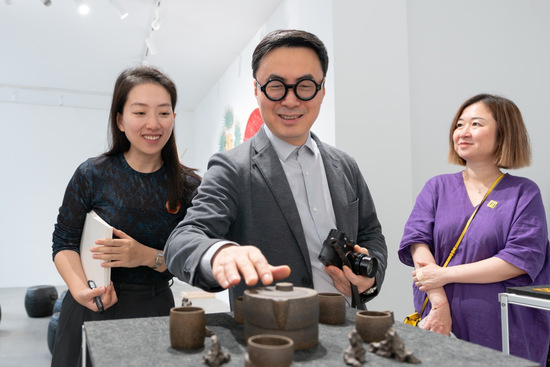
Professor Lou Yongqi, President of SUES and Director of Tongji University’s SustainX Design Research Center, who served as the chief curator, stated, “Chinese design is not a fixed style but a continuous force of ‘making a difference.’” He emphasized that the China Creative Pavilion not only demonstrates the strength and potential of Chinese design but also boosts cultural confidence within the design community, expressing hope that more original designs would “set out from Shanghai and contribute typologically to global design.”
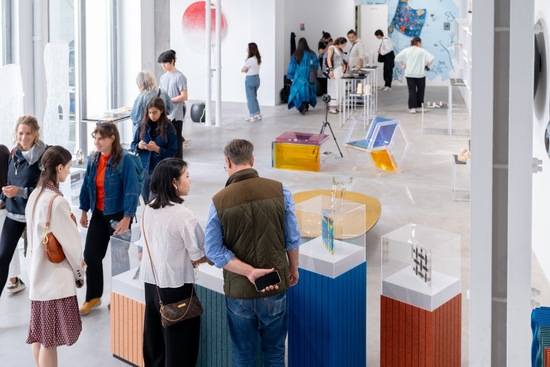
This participation marked not only SUES’ first collective appearance on the international design stage but also a significant step in implementing SUES’ “3-wings” development strategy, promoting disciplinary construction and international cooperation. During the exhibition, the outcomes of a joint design practice course organized by Tongji University, SUES, and other Category IV Peak Discipline institutions were displayed, showcasing future-oriented innovative designs in collaboration with the Huangpu District Lighting Landscape Management Office and overseas academic alliances.
As Chinese design increasingly steps into the global spotlight, SUES is actively integrating into the worldwide innovation network, leveraging education as its root and design as a bridge to demonstrate Chinese universities’ commitment to advancing design disciplines and fostering cultural integration.






